What is Creatine?
Creatine is one of the most well-researched and effective supplements for increasing strength, muscle mass, and performance. It is a naturally occurring compound found in small amounts in foods like red meat and fish. However, supplementation ensures your muscles have a readily available energy source to power through high-intensity workouts.
The Gold Standard: Creatine Monohydrate
What is Creatine Monohydrate?
Creatine Monohydrate is the most widely used and studied form of creatine. It has been proven to increase muscle mass, improve exercise performance, and support cognitive function.
Benefits of Creatine Monohydrate:
Proven Effectiveness – Backed by hundreds of scientific studies.
Cost-Effective – Most affordable form of creatine.
Highly Bioavailable – Easily absorbed by the body.
Muscle Hydration – Helps pull water into muscle cells for a fuller look.
ATP Production – Enhances energy output during intense training.
Creatine HCL: A Newer Alternative
What is Creatine HCL?
Creatine Hydrochloride (Creatine HCL) is a more recent form of creatine that binds the molecule to hydrochloric acid. This formulation claims to offer better solubility and absorption compared to monohydrate.
Benefits of Creatine HCL:
- Increased Solubility – Dissolves more easily in water.
- Reduced Bloating – Some users report less water retention compared to monohydrate.
- Smaller Doses Required – Due to enhanced absorption, lower doses may be effective.
Creatine Monohydrate vs. Creatine HCL: Which One Should You Choose?
Effectiveness
Both forms support strength and performance, but Creatine Monohydrate has decades of research backing its effectiveness, while HCL has limited studies in comparison.
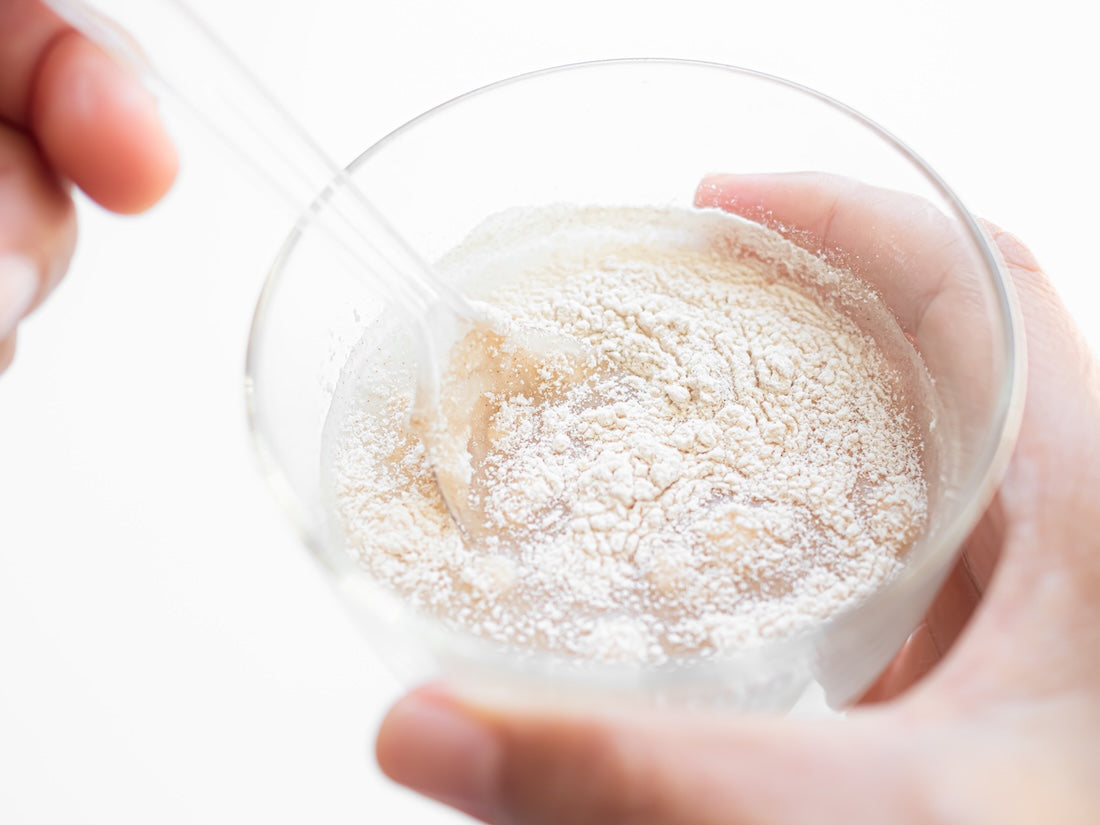
Absorption & Solubility
Creatine HCL is more soluble in water, which may make it easier to digest for those who experience bloating with monohydrate. However, monohydrate’s absorption can be improved by simply taking it with food or warm water.
Creatine Monohydrate is the most widely used and studied form of creatine. It has been proven to increase muscle mass, improve exercise performance, and support cognitive function.
Cost Comparison
Creatine Monohydrate is significantly cheaper and available in larger quantities, making it the better option for budget-conscious consumers.
Dosage
Creatine Monohydrate: Standard dose is 3-5g per day.
Creatine HCL: Due to better solubility, a smaller dose of 1-2g per day is typically recommended.
Which One is Right for You?
If you want the most researched and cost-effective option → Go with Creatine Monohydrate.
If you have digestive issues with monohydrate → Try Creatine HCL.
If budget is a concern → Creatine Monohydrate is the better value.
Final Verdict
Creatine Monohydrate remains the gold standard due to its overwhelming scientific support, affordability, and effectiveness. While Creatine HCL may offer benefits for those with digestive sensitivities, it lacks the extensive research backing monohydrate.
Where to Buy High-Quality Creatine
When choosing a creatine supplement, opt for 100% pure, lab-tested Creatine Monohydrate from a trusted brand. Look for third-party testing certifications to ensure quality and purity.
Related Articles:
Best Time to Take Creatine for Maximum Absorption
- 5 Tips for faster recovery
- Unlocking the Power of Glutamine for Performance Athletes and Bodybuilders
- Boost Your Athletic Performance with These Effective Workout Tips
FAQ
1. Does Creatine Cause Water Retention? Yes, but primarily inside muscle cells, which enhances muscle fullness and strength.
2. Can I Mix Creatine with Protein? Yes! Creatine and protein work synergistically to support muscle growth.
3. Should I Cycle Creatine? No, cycling is unnecessary as long as you take the recommended daily dose.
4. Is Creatine Safe? Yes, extensive research confirms creatine is safe for long-term use.
By incorporating Creatine Monohydrate into your routine, you’ll experience enhanced performance, faster recovery, and improved strength—all without breaking the bank!
-Jon Klipstein
"Before launching our Creatine products, I had the same questions as we went back and forth on what would be the best source of Creatine to offer our customer base. After lengthy R&D, plus internal research we made a decision based on what we felt would be best for our users. This blog is the high level overview of our findings."
Featured product
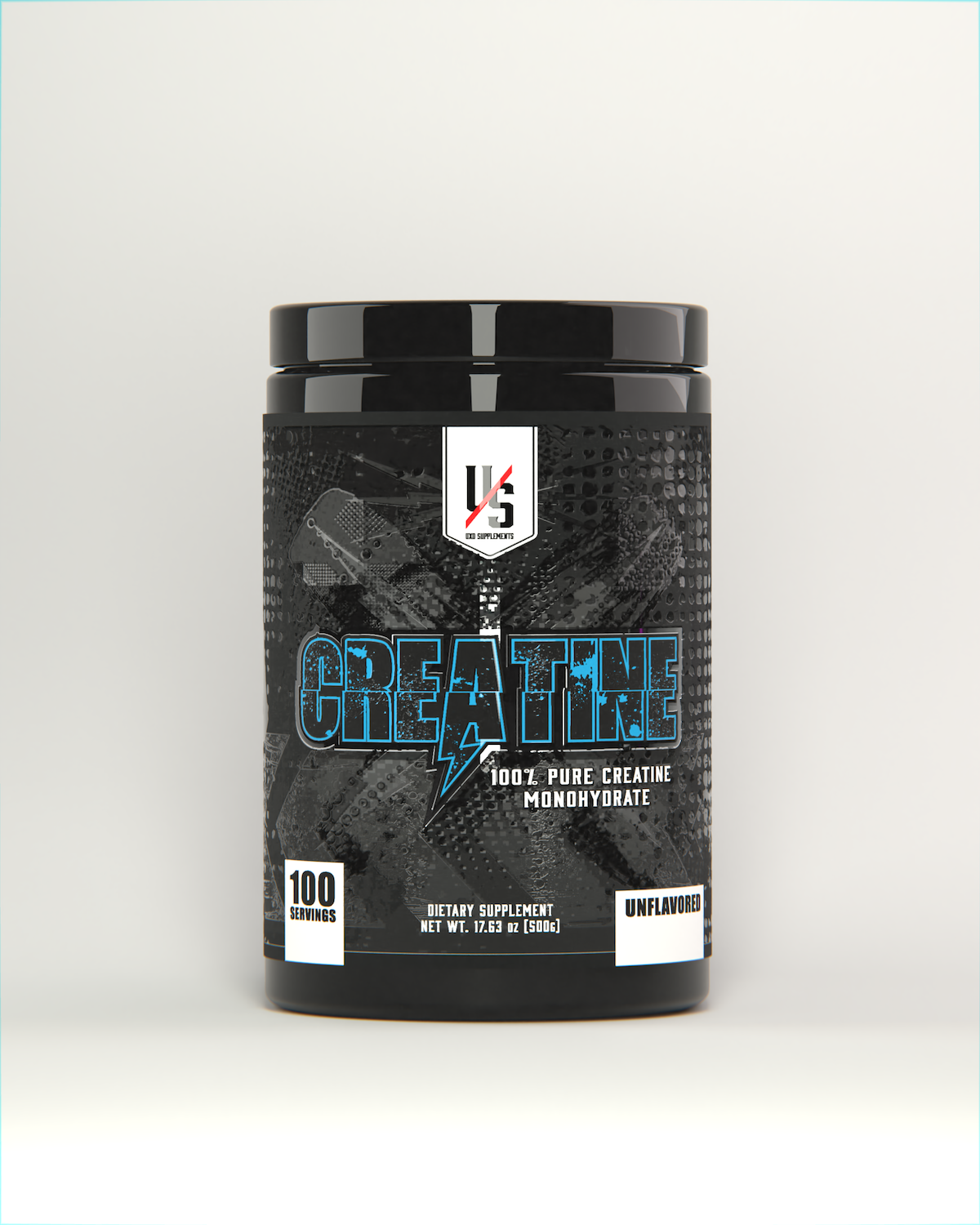
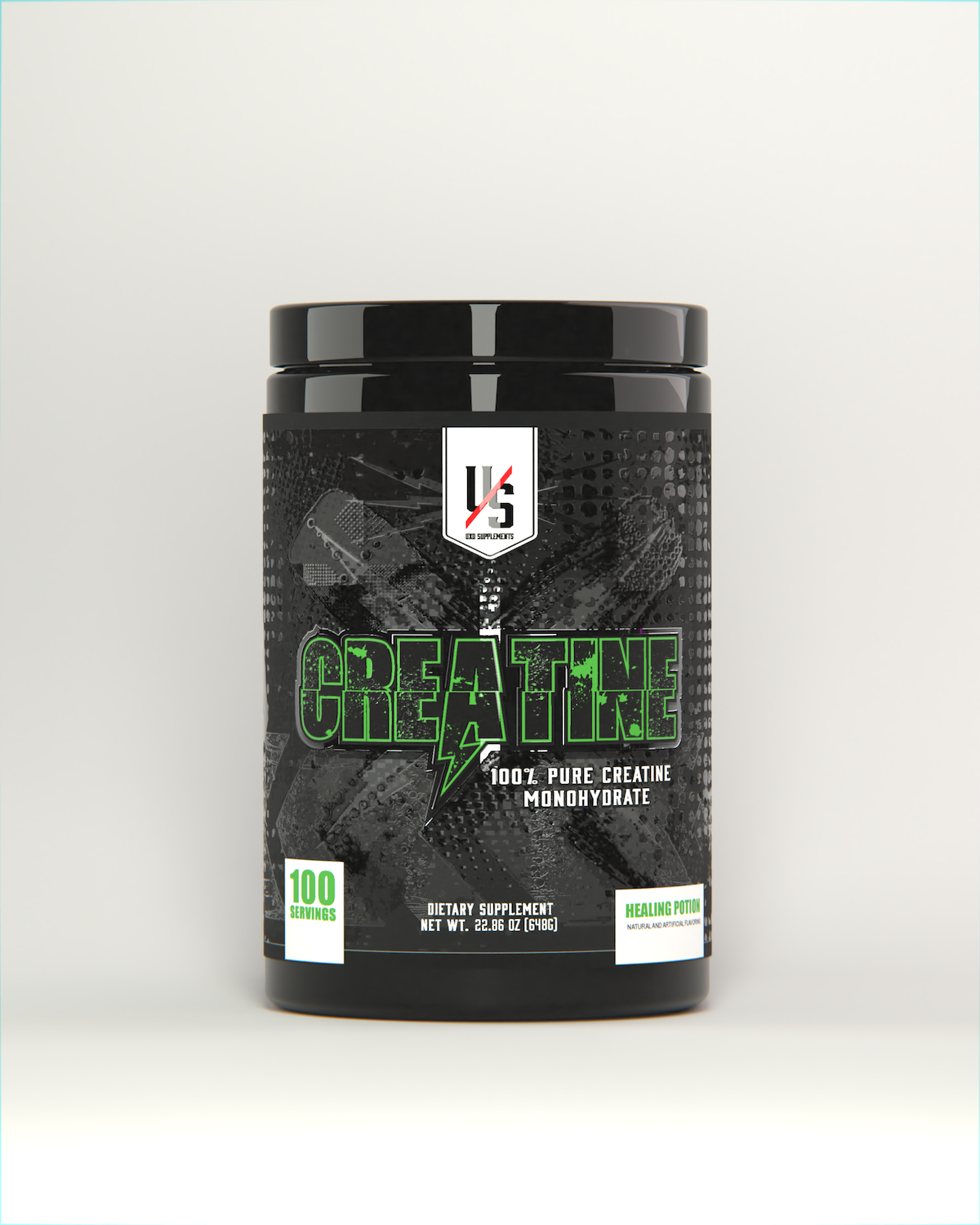
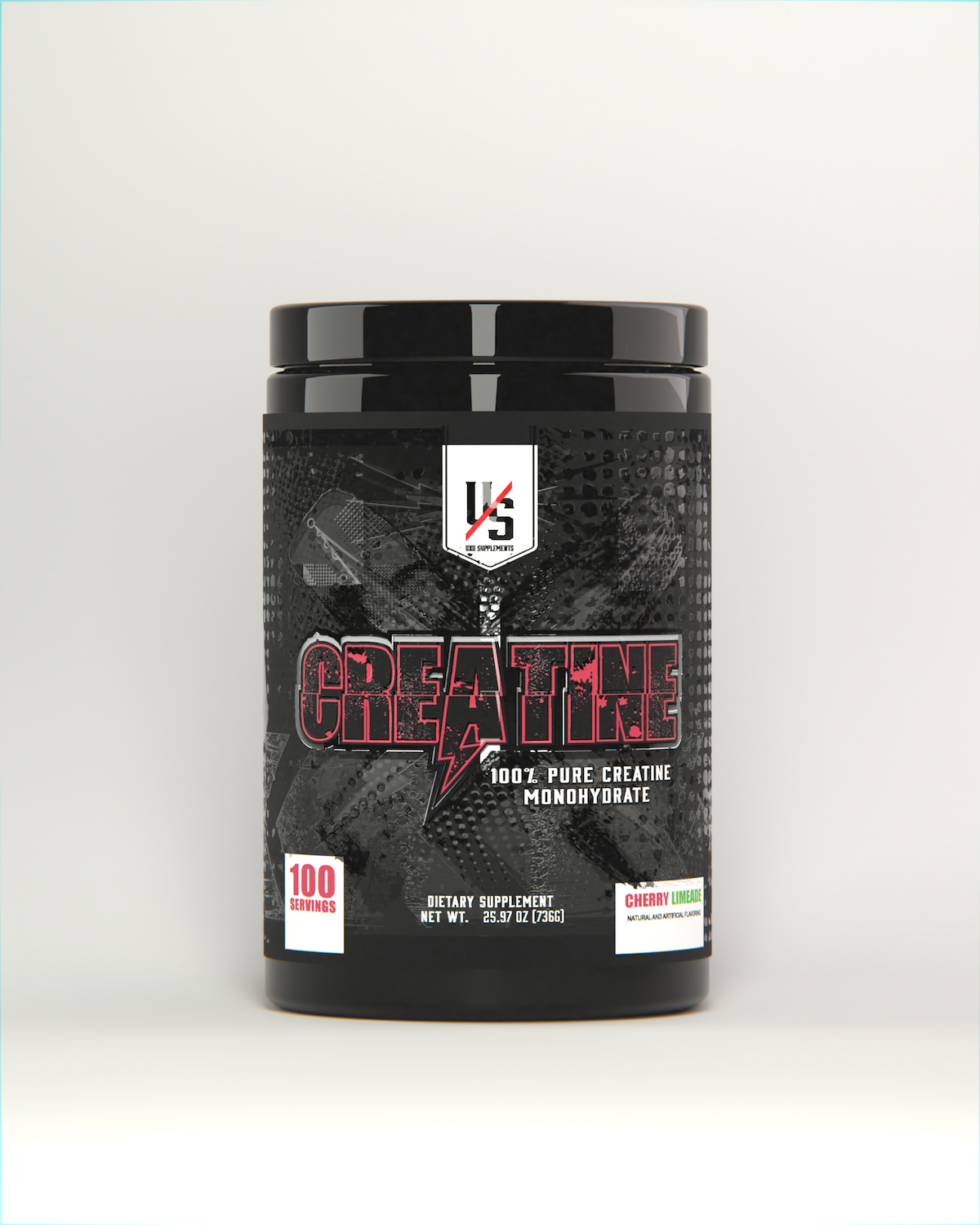
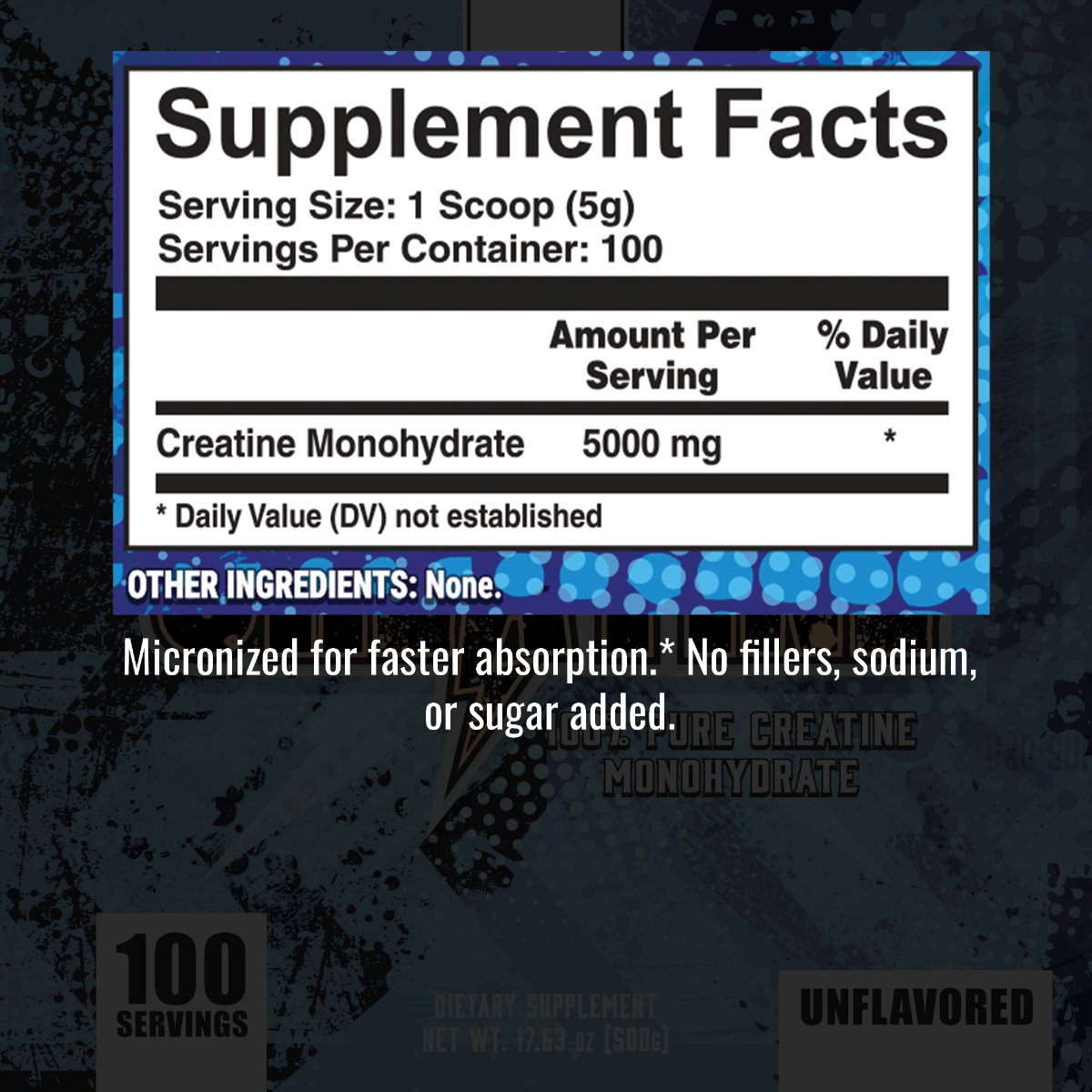
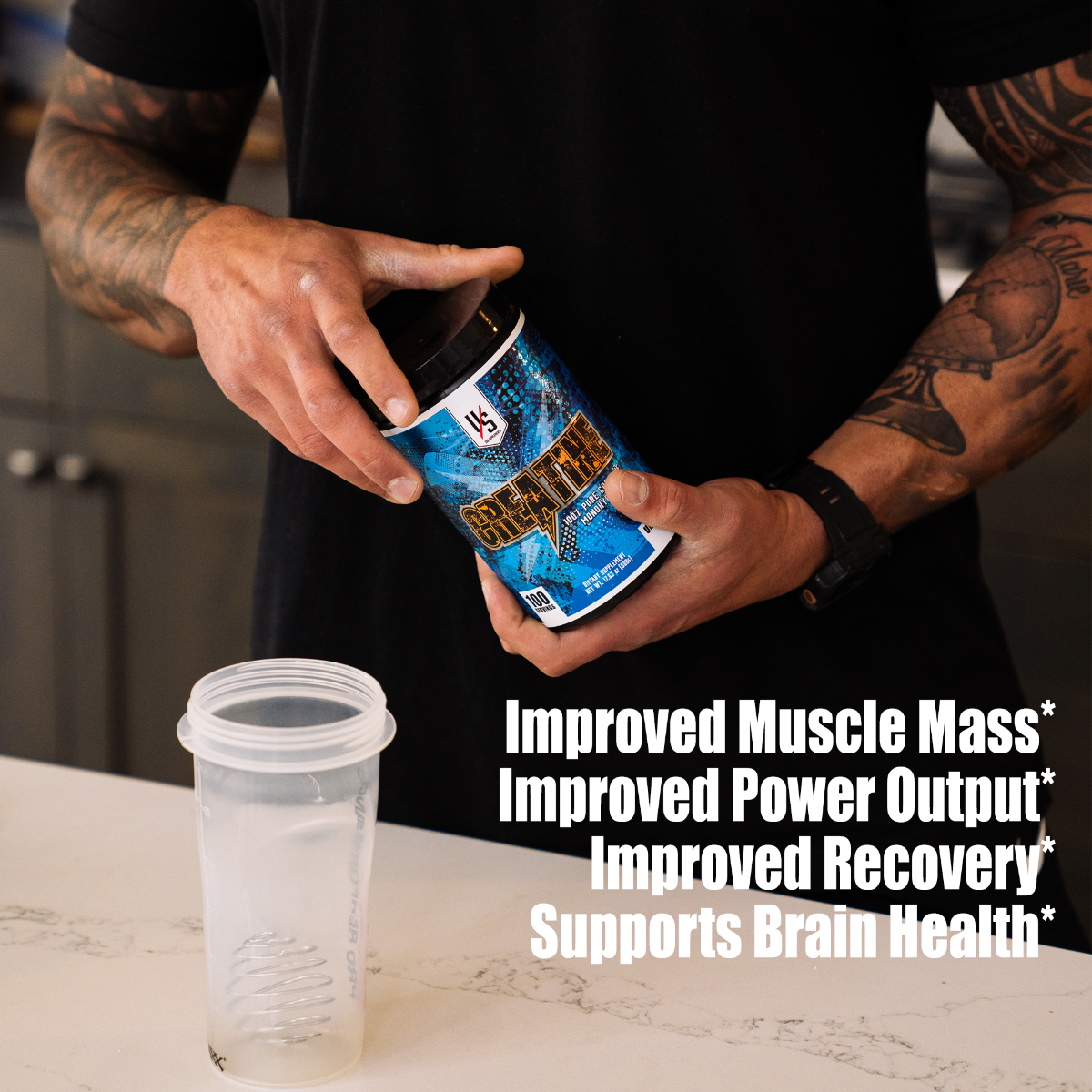
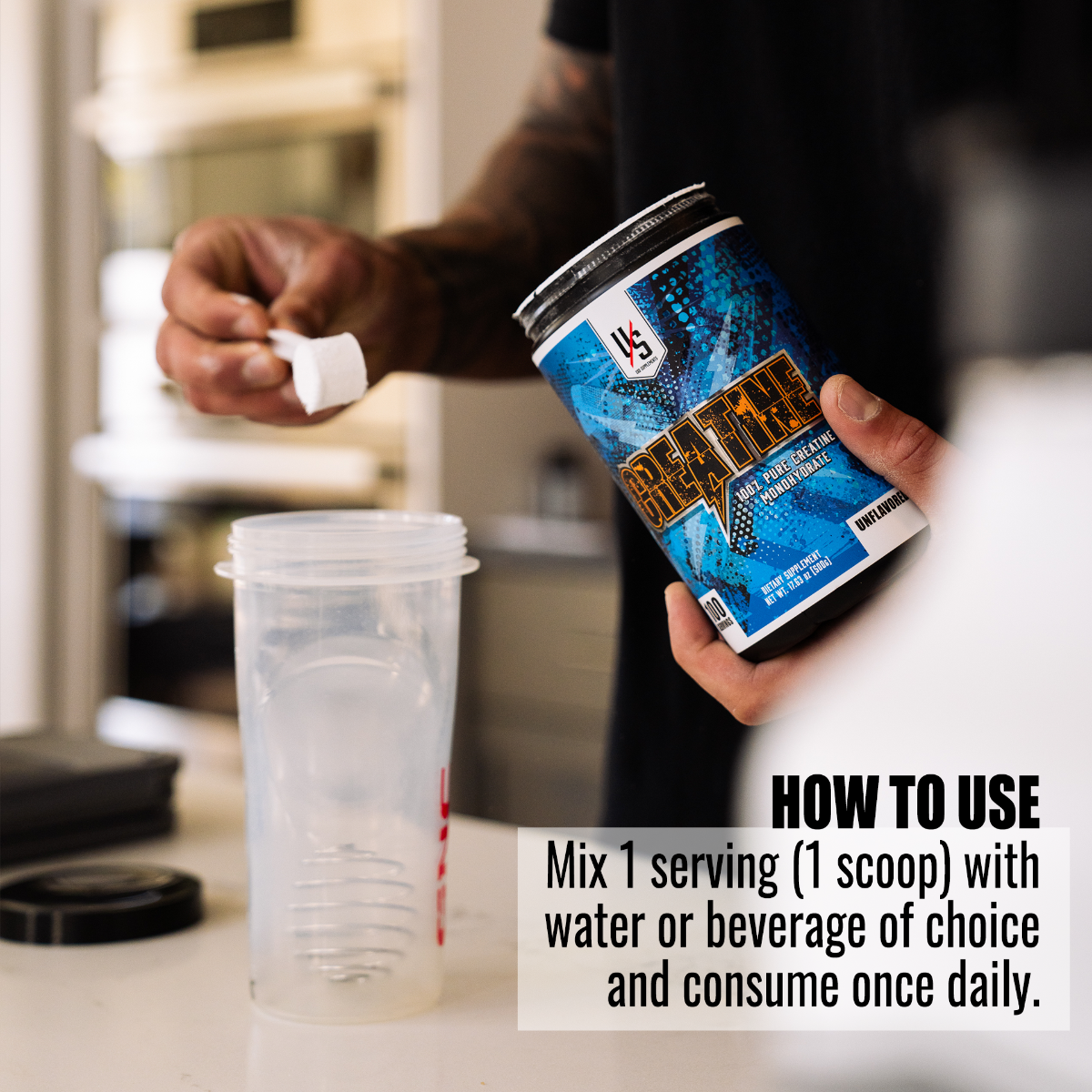
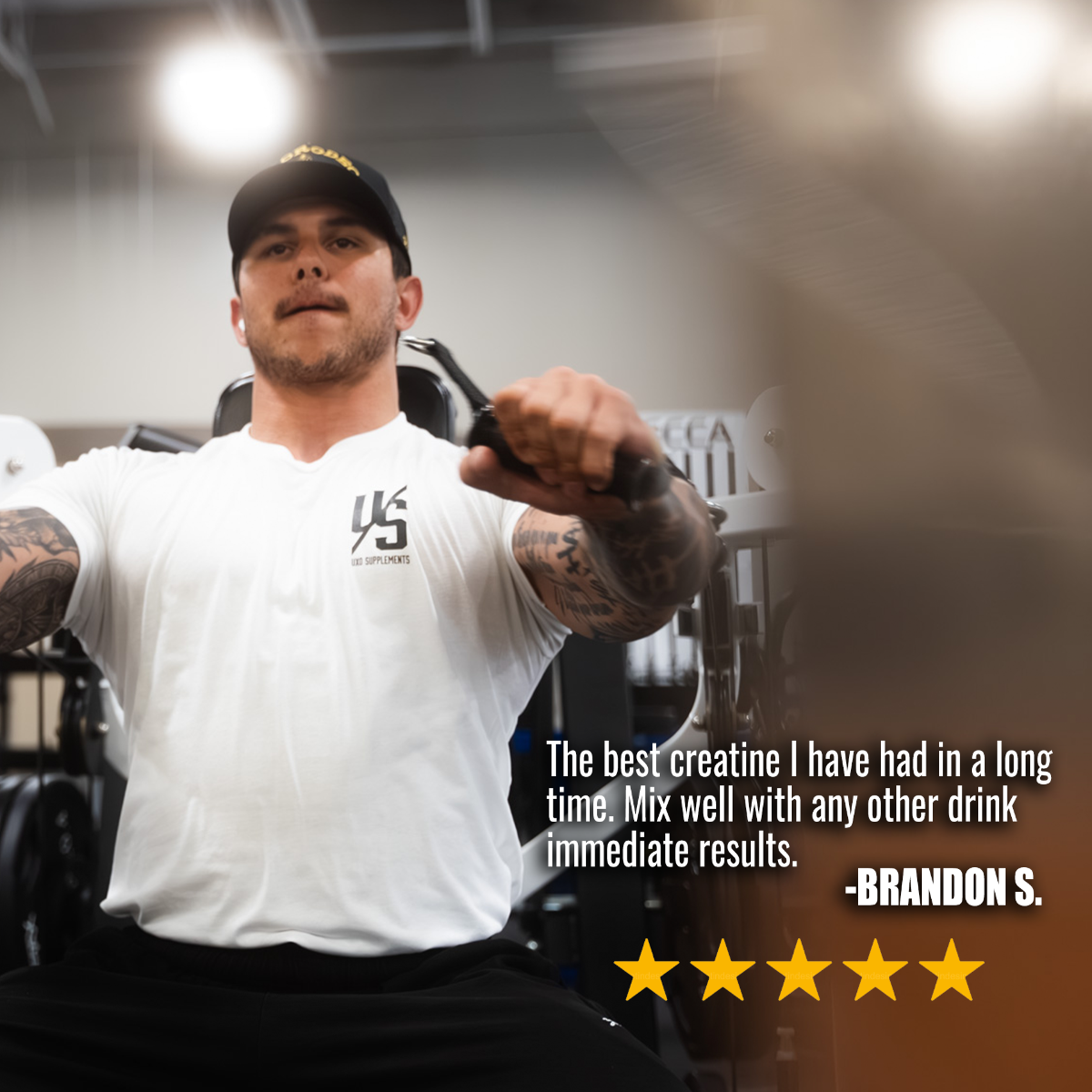
Pickup available at 11880 W. President Dr. Suite D
Usually ready in 24 hours

Micronized Creatine Monohydrate
100 serving / Healing Potion
11880 W. President Dr. Suite D
11880 W President Dr
Suite D
Boise ID 83713
United States
PRODUCT DETAILS
100 servings per container |
|
Increased muscle and strength |
|
improved recovery |
|
could support brain health |
How do you choose the right Creatine Monohydrate?
1: While Creatine Monohydrate is the most popular version, there are differences in Creatine Monohydrate. If you are worried about stomach sensitivity, we recommend taking a Micronized Creatine Monohydrate. Micronized meaning it has been broken down into smaller particles to improve solubility.
2: Is 3rd Party testing important to you? Are you a drug tested athlete, or concerned about cross contaminents making their way into your products? The only way to ensure you are getting exactly what is on the label, without any traces of potential banned ingredients is to choose a product that is 3rd party tested.
3: How do you want to take your creatine? Stack it with your preworkout or EAAs? Then a non-flavored one would be a great opton. If you want to take Creatine by itself, we recommend a flavored version.
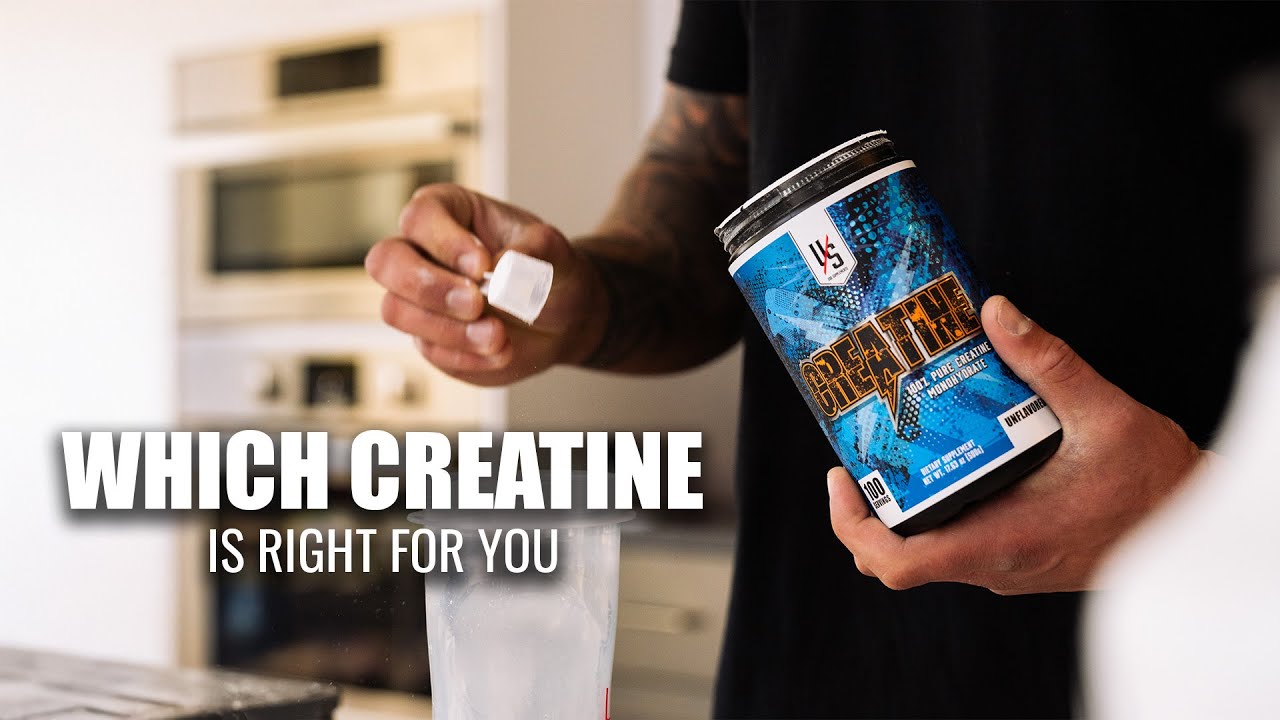
Video
Did you know you can now get Flavored Creatine through UXO Supplements?
With the increased popularity and ever evolving studies on the benefits of Creatine, we decided to give you options. With the unflavored version, you need to be able to mix it with something to mask the bitterness of the raw ingredient. Now you can take Creatine by itself with one of our flavored versions. More will be coming as we continue to grow.
Creatine Monohydrate Pros and Cons
CONS |
|
Not as soluble as HCL |
|
Causes GI Distress with a small % of population |
|
Signs Your Body Needs a Break from the Gym
In the pursuit of a healthy lifestyle, regular exercise is crucial. However, it's equally important to recognize when your body is signaling that it needs a break from the gym. Overtraining can lead to various physical and mental issues, hindering your overall well-being. Let's take a look at some of the signs that points to more rest and recovery for your body.
-
Persistent Fatigue: Feeling tired after a workout is normal, but persistent fatigue that lingers throughout the day may be a sign of overtraining. If you find yourself constantly exhausted, it's essential to listen to your body and consider taking a break from intense exercise.
-
Decline in Performance: One of the clearest indicators that your body needs a break is a noticeable decline in performance. If you're struggling to lift weights that were once manageable or experiencing a significant drop in endurance, it may be time to give your muscles the rest they need to recover.
-
Lingering Muscle Soreness: Muscle soreness after a workout is typical, but if that soreness persists for an extended period, it could be a sign of overtraining. Continuous strain on the muscles without adequate recovery time can lead to inflammation and increased risk of injury.
-
Changes in Sleep Patterns: Exercise is known to improve sleep quality, but overtraining can have the opposite effect. If you notice changes in your sleep patterns, such as difficulty falling asleep or staying asleep, it may be an indication that your body needs a break to restore its balance.
-
Increased Resting Heart Rate: Monitoring your resting heart rate can provide valuable insights into your body's recovery status. If you observe a consistent increase in your resting heart rate over time, it may signal excessive stress on your cardiovascular system, suggesting that a break from intense workouts is necessary.
-
Persistent Aches and Pains: While some discomfort is expected after a workout, persistent aches and pains that don't subside could be a sign of overtraining. Ignoring these signals may lead to chronic injuries that can set back your fitness journey.
-
Changes in Mood: Overtraining doesn't just impact the body; it can affect mental well-being too. If you find yourself feeling irritable, anxious, or experiencing mood swings, it's crucial to recognize these changes and consider giving your body the rest it needs.
Listening to your body is a fundamental aspect of maintaining a healthy and sustainable fitness routine. If you notice any of these signs, it's essential to prioritize rest and recovery. Taking a break from the gym doesn't mean abandoning your fitness goals but rather ensuring that your body is in optimal condition for long-term success. Remember, a well-rested body is better equipped to handle the challenges of a rigorous workout routine.
Read more

Effects of Stress on Mental Well-being In the realm of mental health, understanding the correlation between stress and its impact is paramount. Stress is not merely a transient emotional response;...

Understanding Muscle Fiber Types for Optimal Training The last decade has brought about a wealth of knowledge that has reshaped our understanding of effective training strategies. One crucial insi...

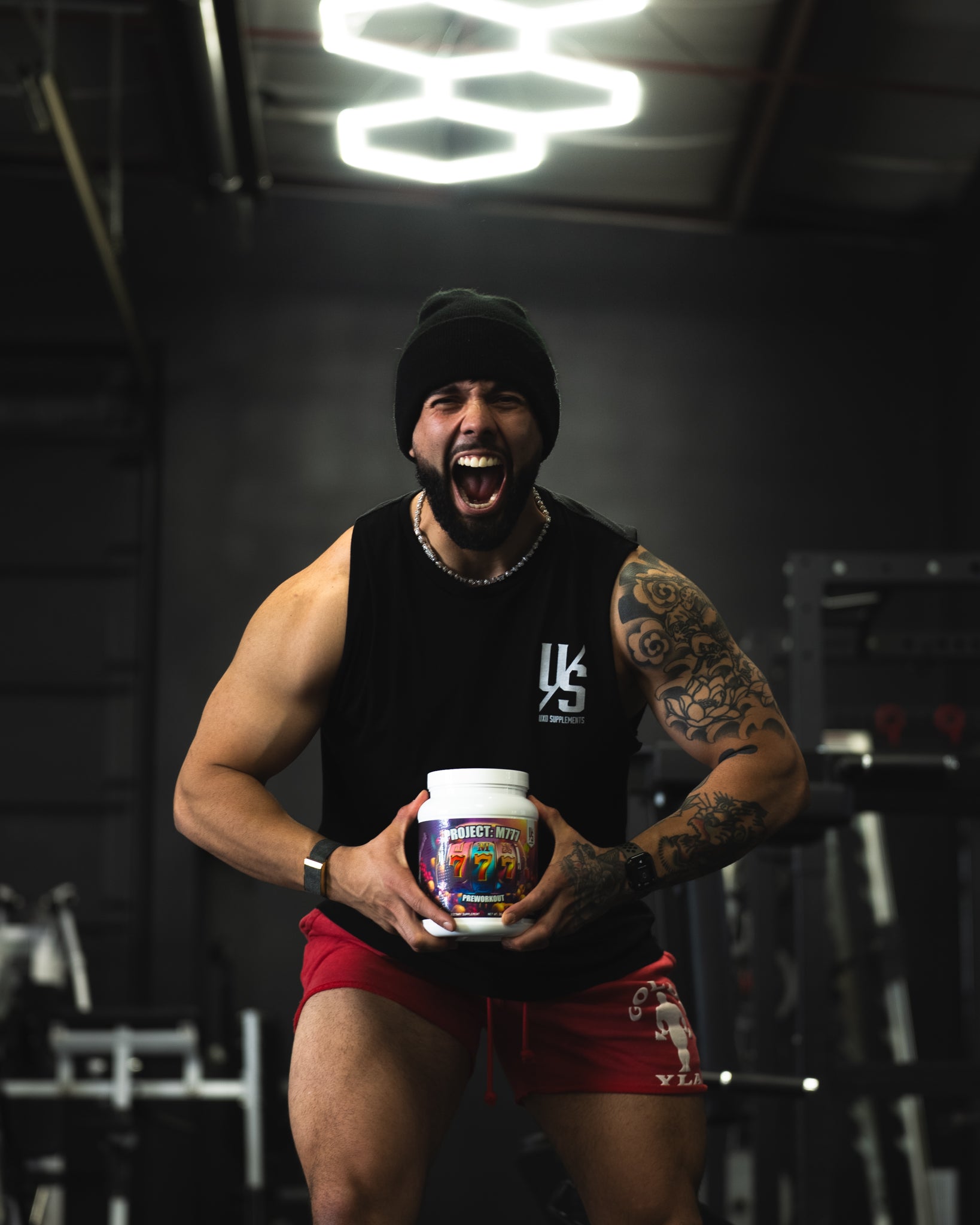




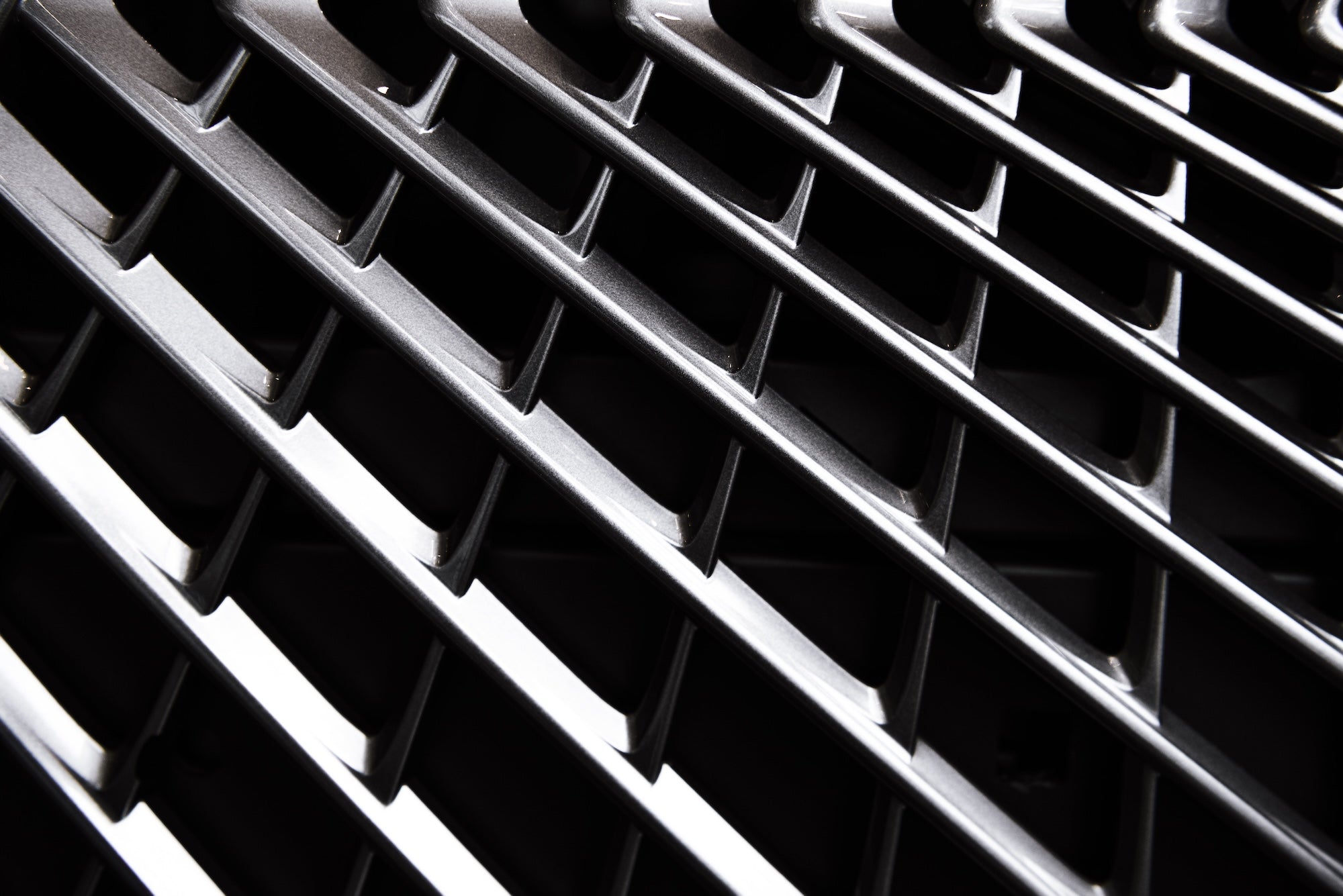


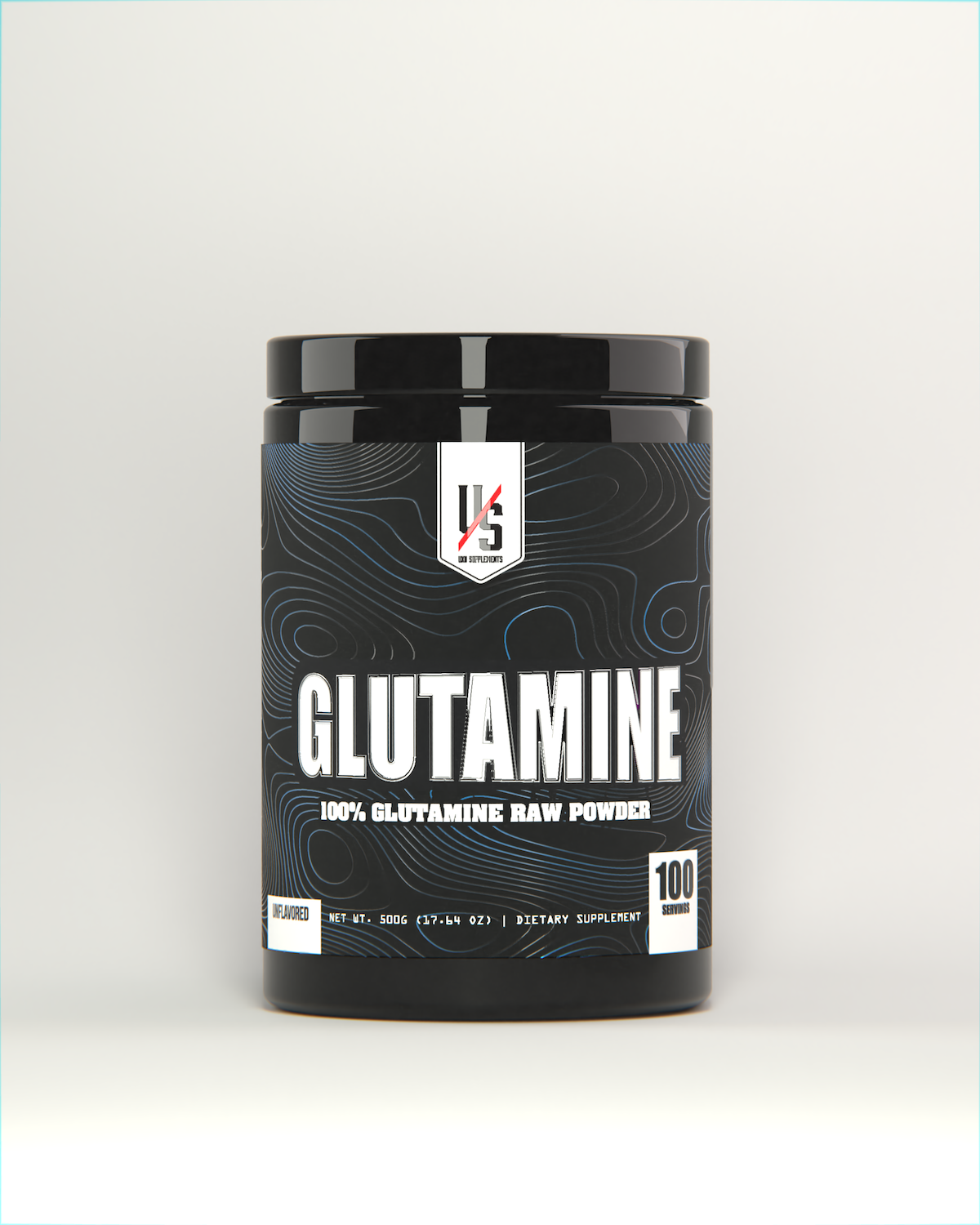

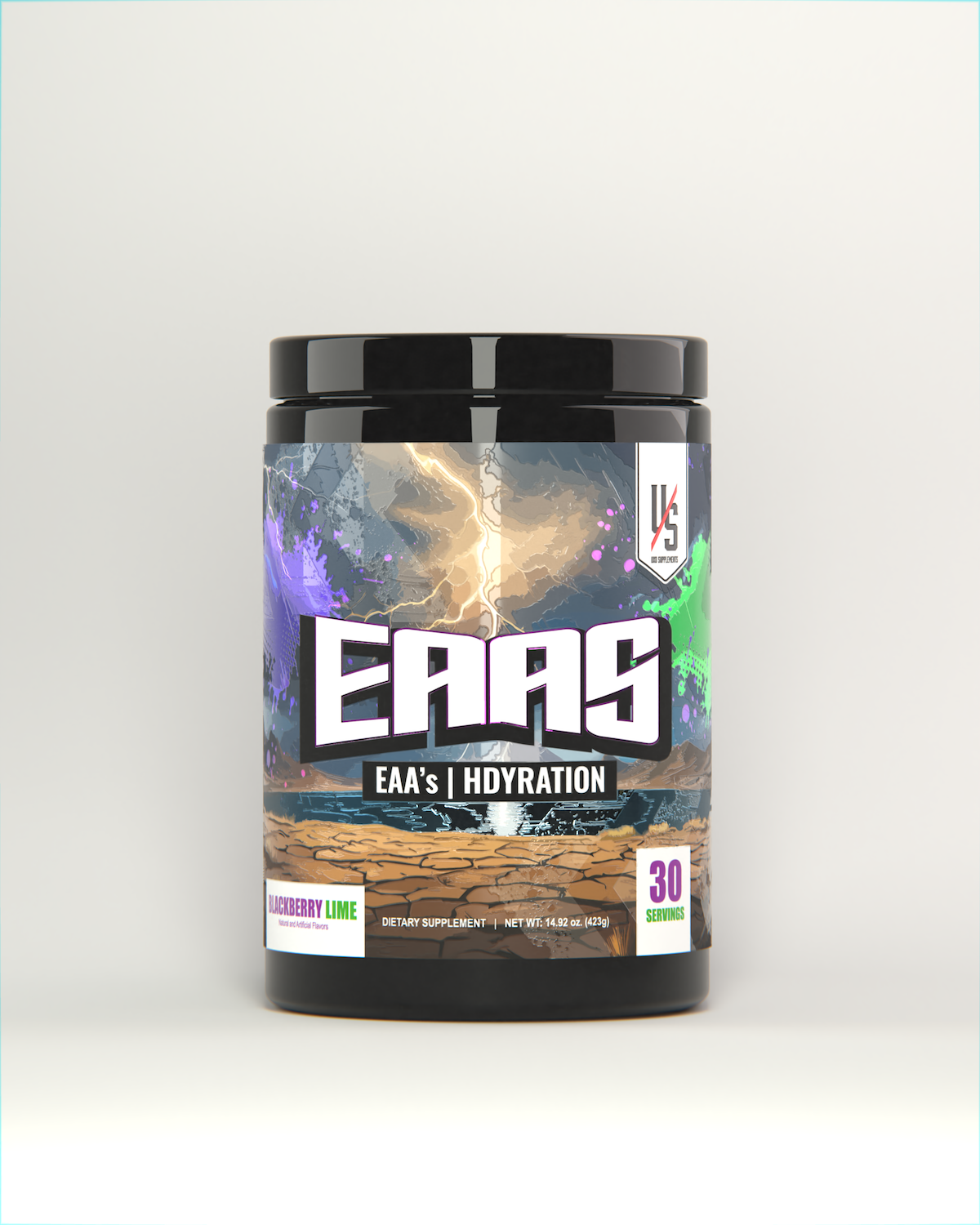
Leave a comment
All comments are moderated before being published.
This site is protected by hCaptcha and the hCaptcha Privacy Policy and Terms of Service apply.